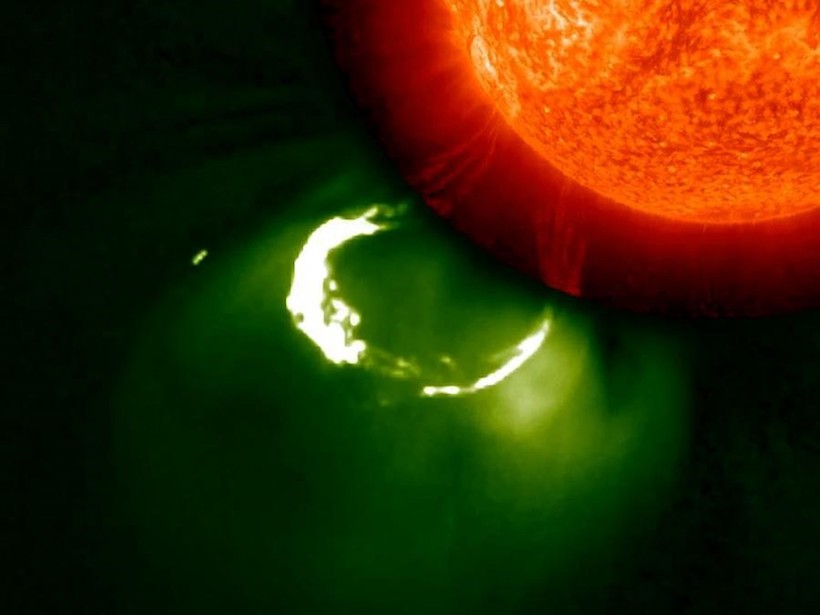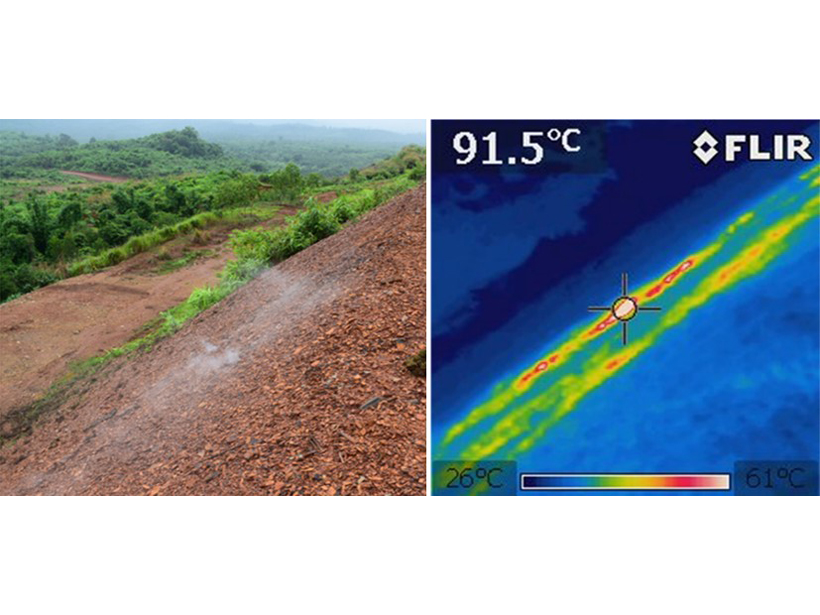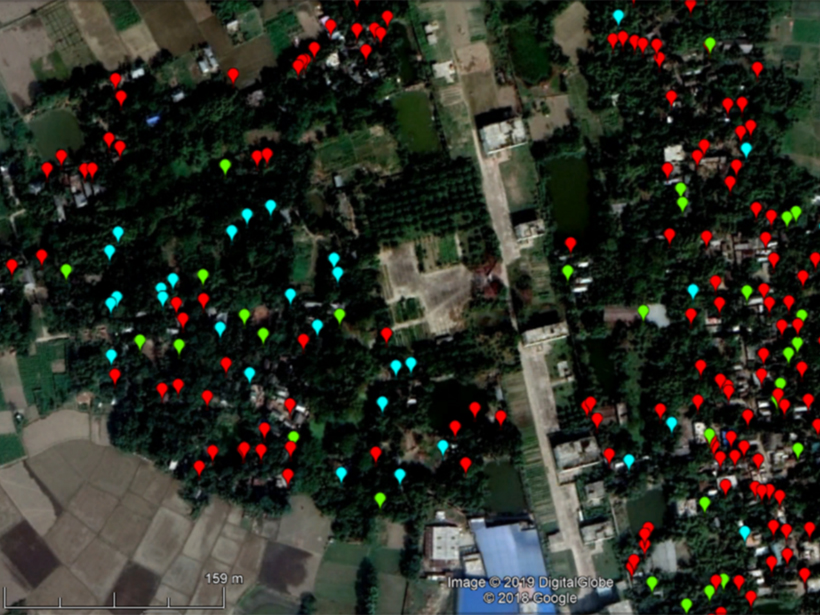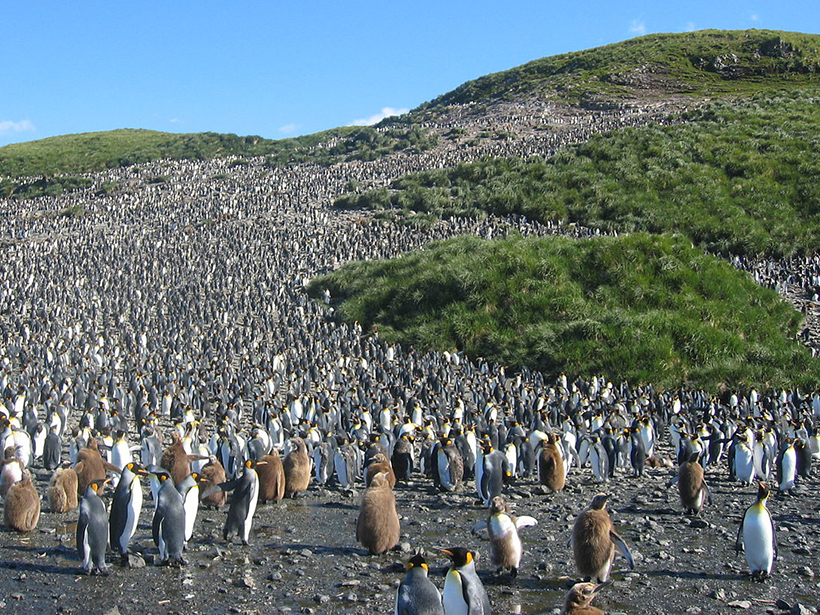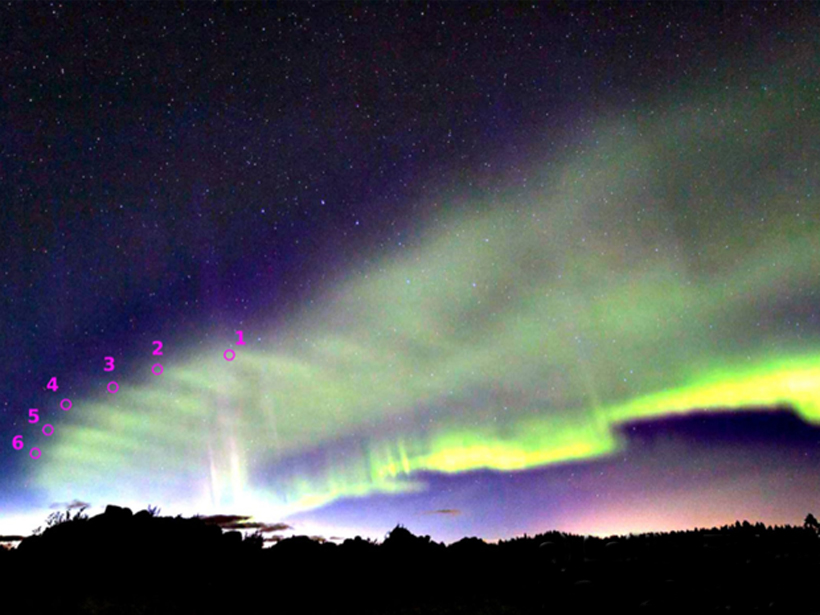Citizen scientists provided images of sub-auroral STEVE (Strong Thermal Emission Velocity Enhancements) showing fine-scale green features with narrow streaks propagating poleward toward STEVE.
crowdsourced science
The “Complicated” Complexity of Solar Storms
Researchers turned to crowdsourced science to identify patterns in coronal mass ejections.
Cómo la Ciencia del Clima Está Expandiendo la Escala de la Investigación Ecológica
Las herramientas desarrolladas para la ciencia del clima pueden ayudar a los investigadores a predecir los dipolos ecológicos: los efectos contrastados del clima en poblaciones separadas por miles de kilómetros.
Citizen Science Reduces Risks from Combusting Coal-Mine Wastes
A community-based citizen science study on spontaneously combusting coal-mine waste heaps in Myanmar underpins the development of risk management plans to protect individuals and communities.
Hackathon Participants Solve Global Problems—from Home
More than 200 participants from 38 countries joined the virtual INSPIRE Hackathon to solve problems in food security, transportation, and more.
Fresh Approaches to Protecting Human Health from Pollution
New low-cost monitoring and mapping techniques can identify multiple pollution sources and reduce related human disease and death.
How Climate Science Is Expanding the Scale of Ecological Research
Tools developed for climate science can help researchers forecast ecological dipoles: the contrasting effects of climate on populations separated by thousands of kilometers.
Edmond Dewan, Citizen Science, and the Mystery of Ball Lightning
In the early 1960s, a physicist enlisted the help of the public to study a rare atmospheric phenomenon.
Skywatchers Spy Rippling Waves in the Northern Lights
Not to be outdone by the discovery of STEVE sub-auroral emissions last year, citizen scientists across Scandinavia reveal dune-shaped optical features, a new atmospheric phenomenon.
What Makes for Ethical Citizen Science Research?
A new study explores questions of consent and coercion in citizen science.


